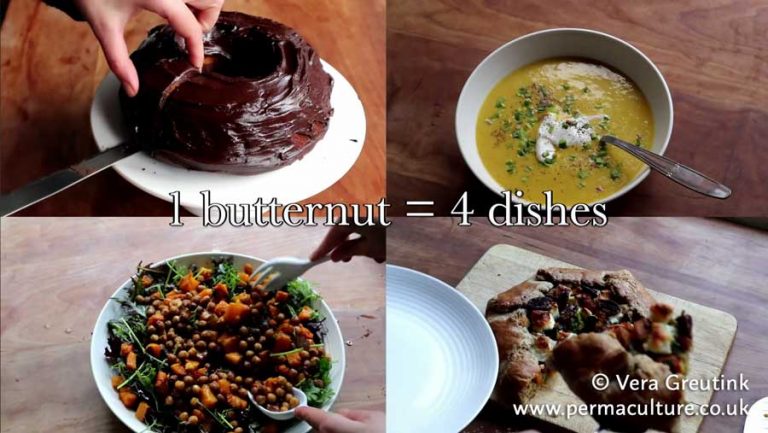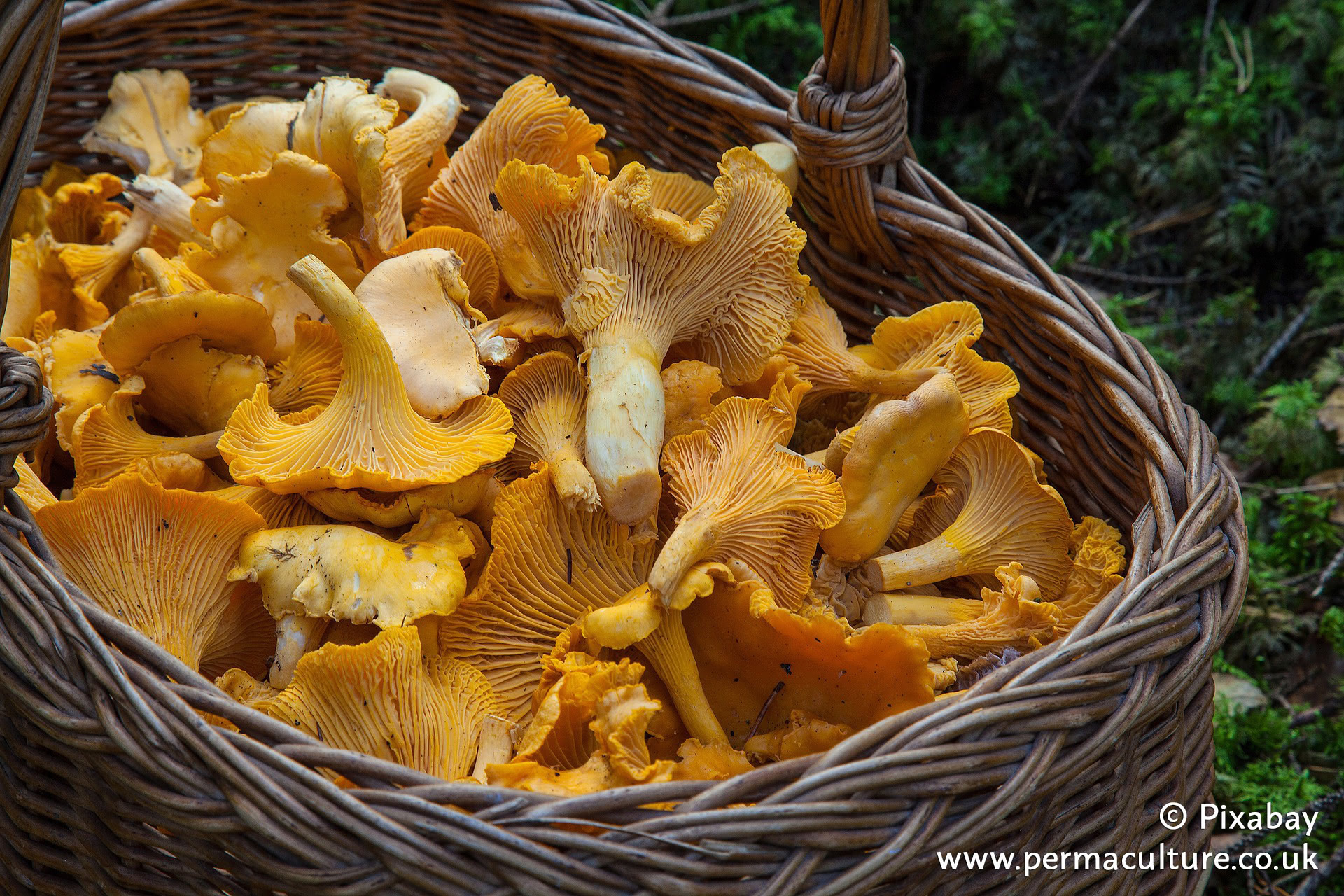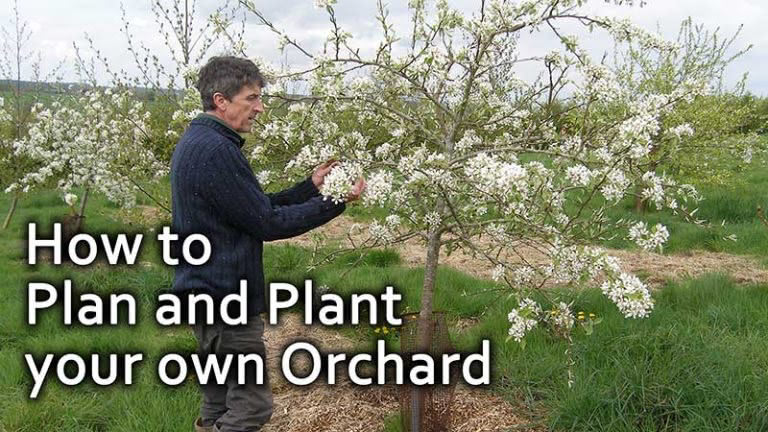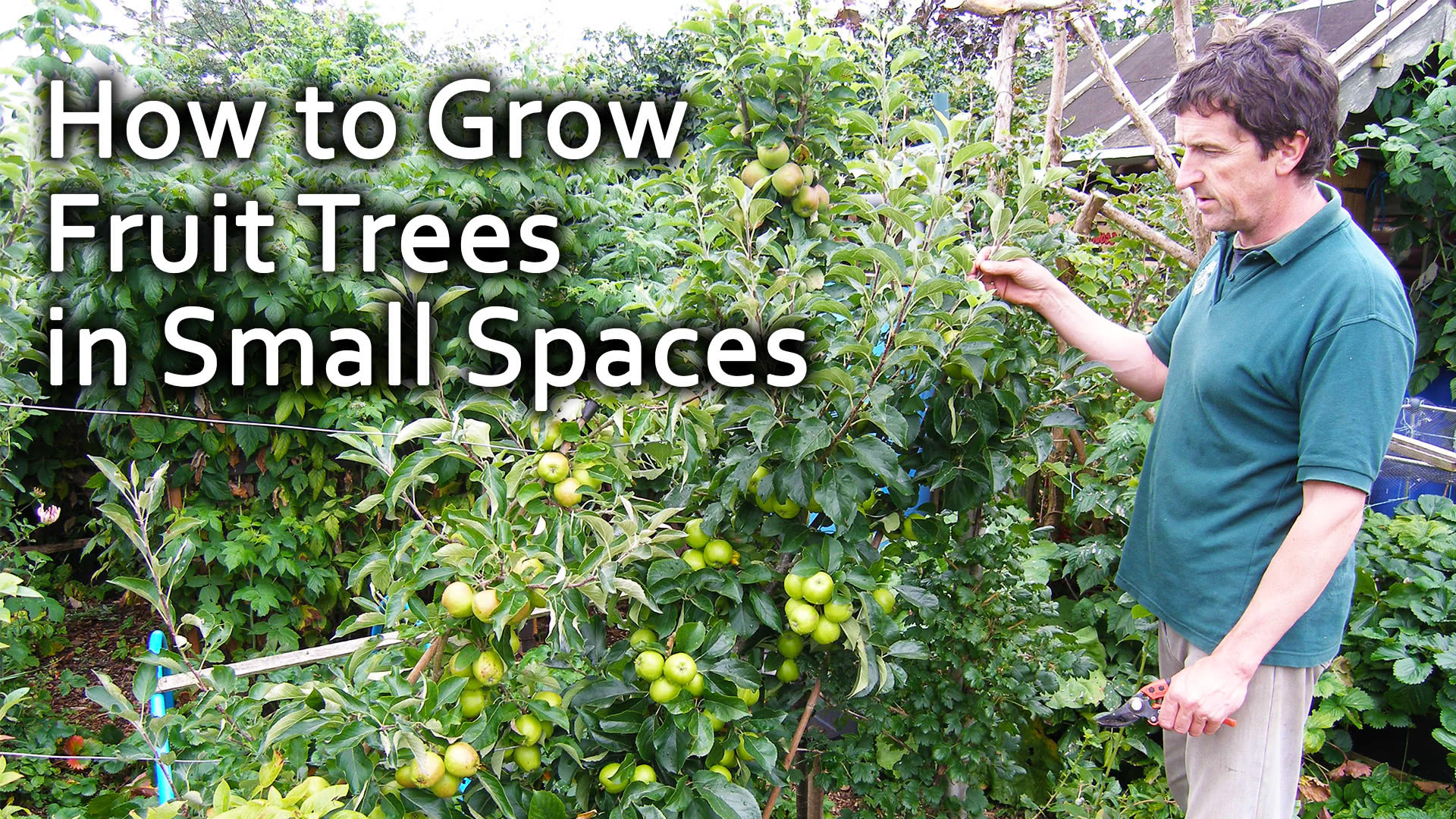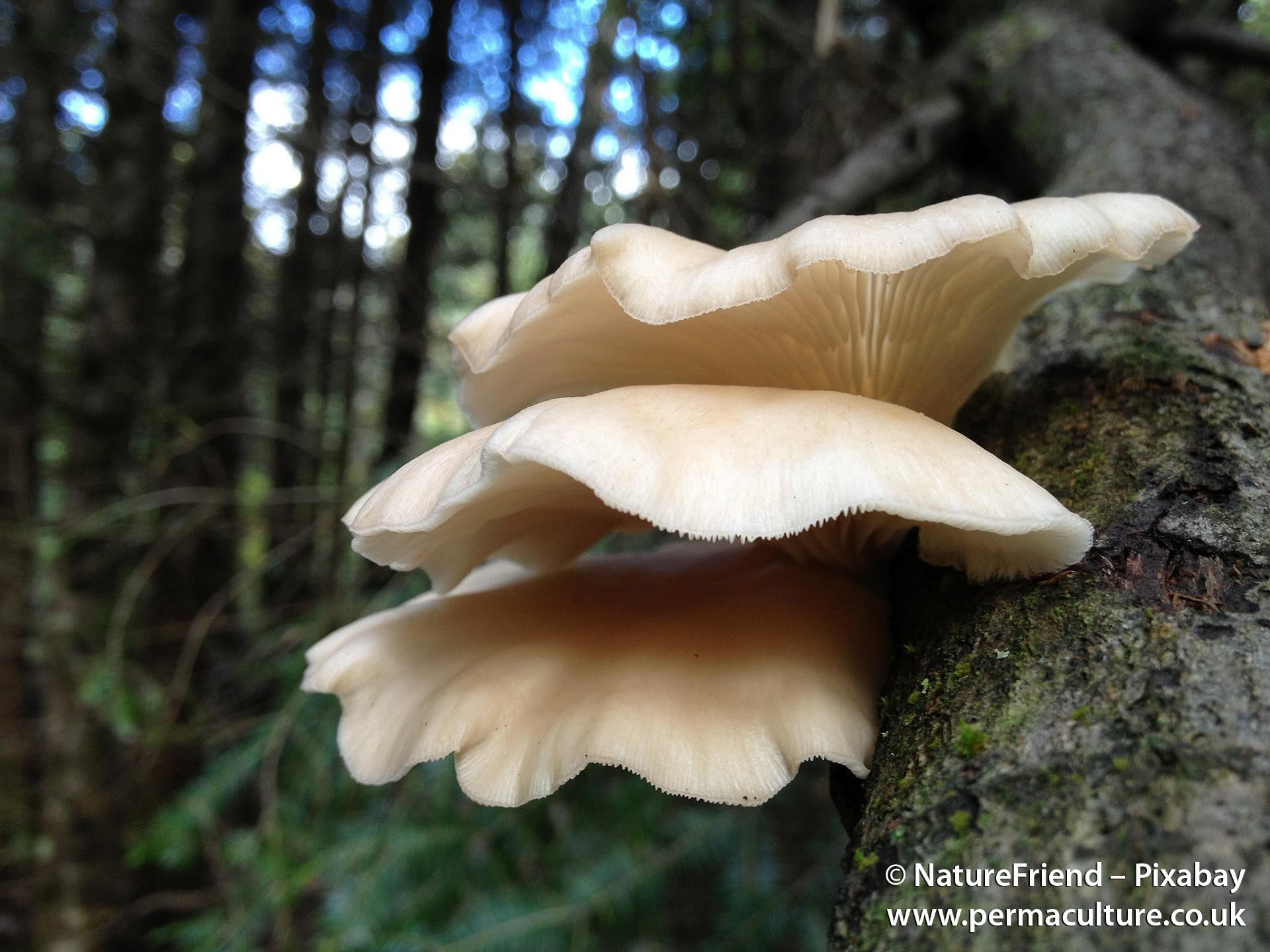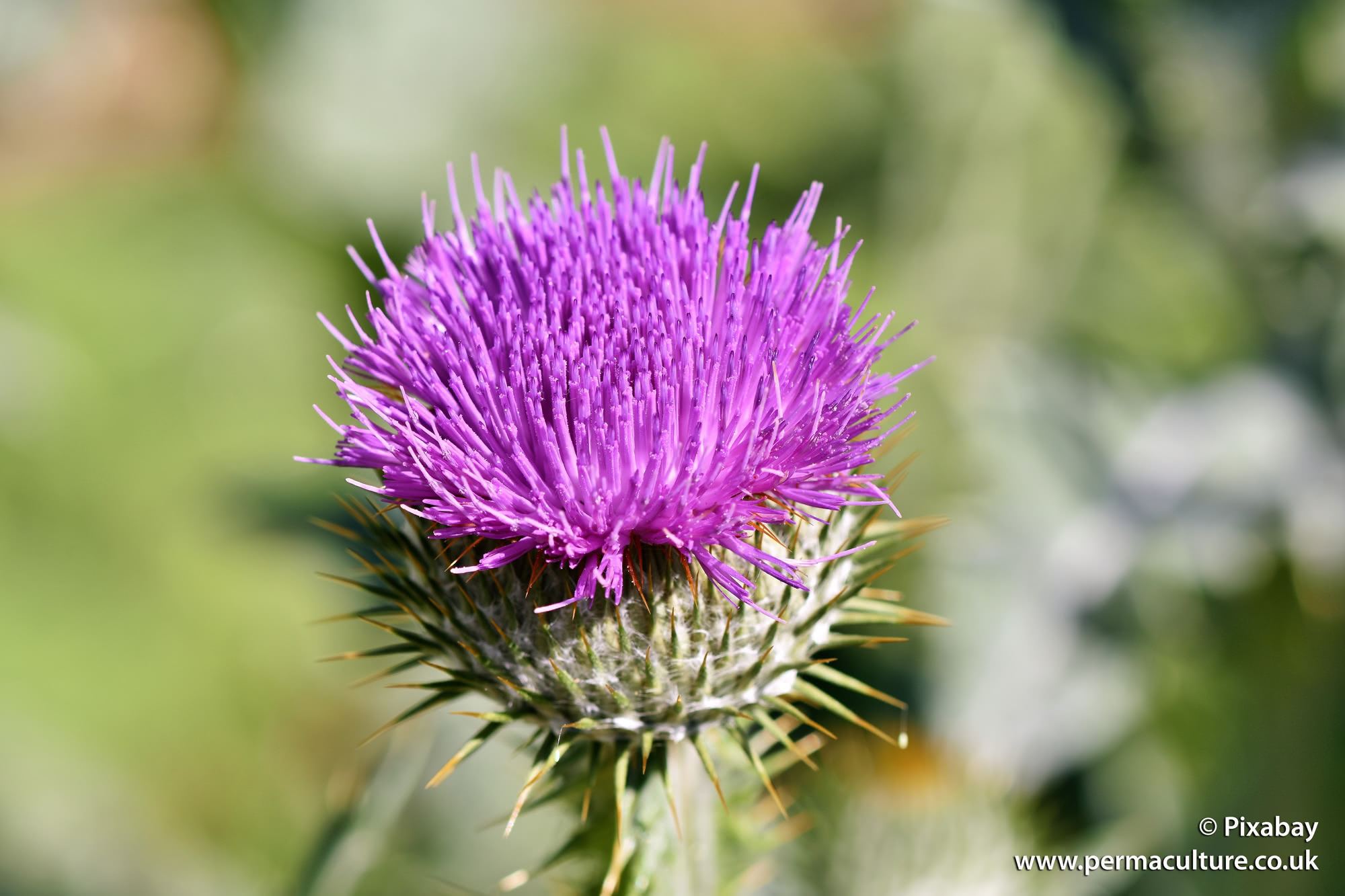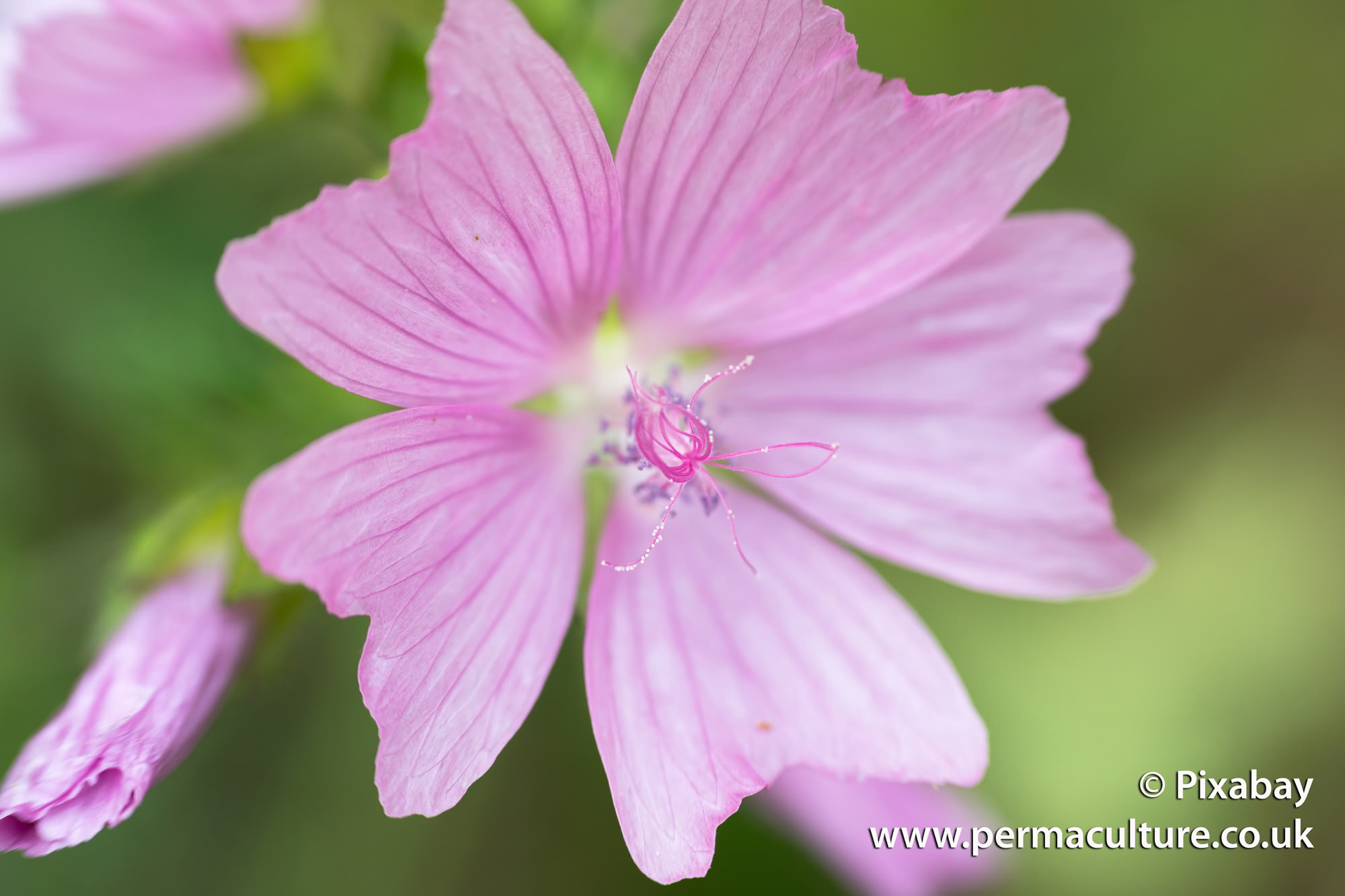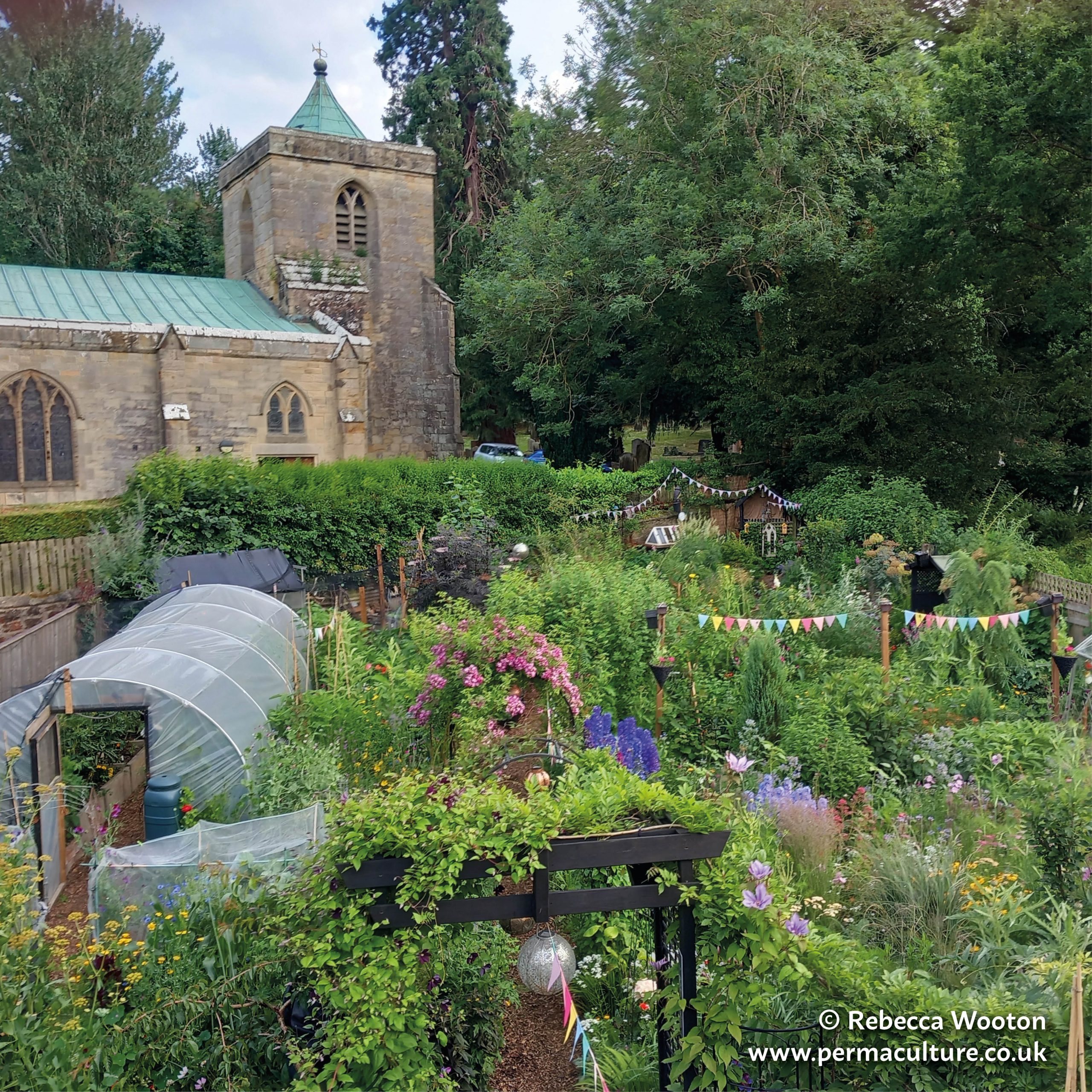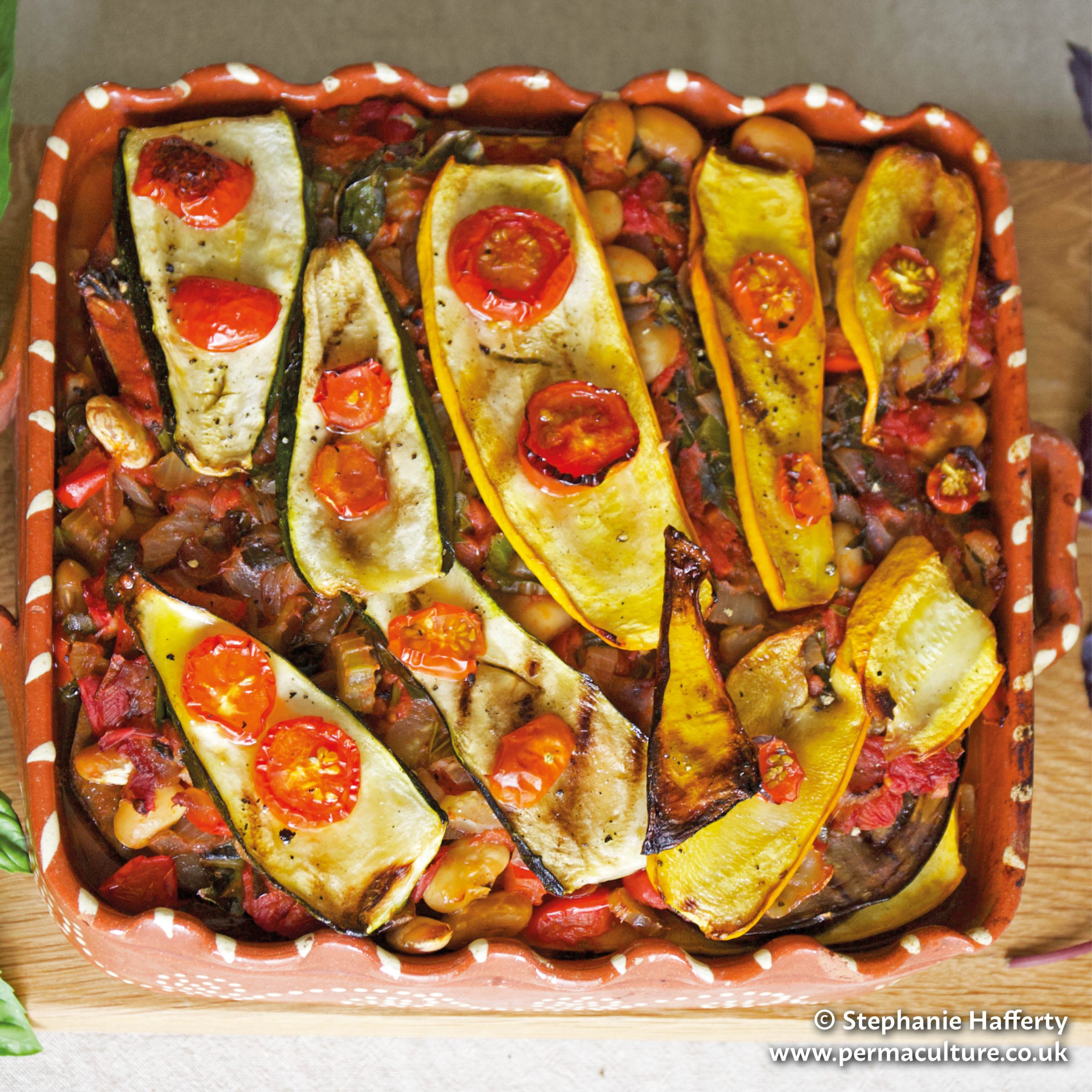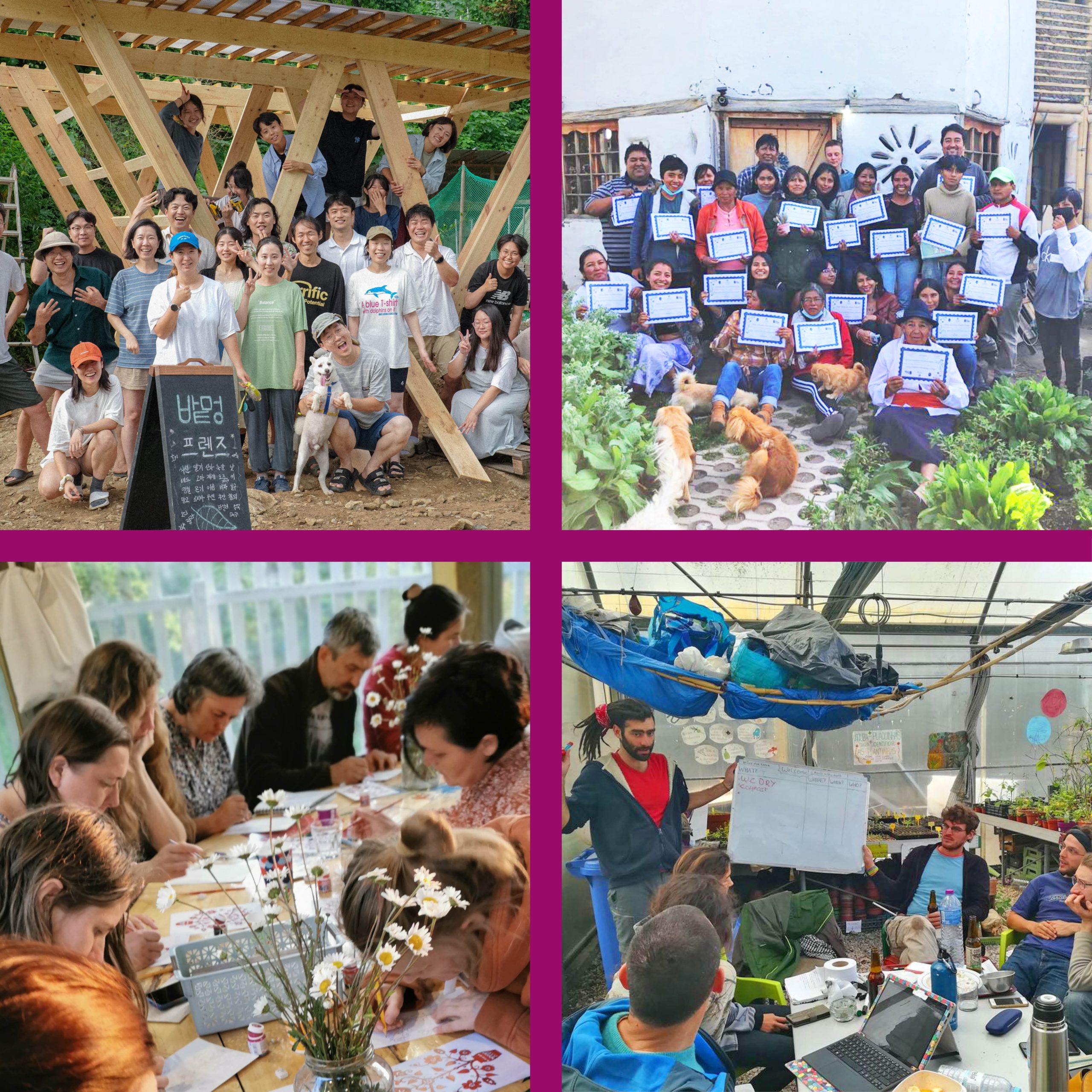What Anna Locke describes in her new book, The Forager’s Garden, sounds so very much like my own garden here in the Australian subtropics and I absolutely love it – for the same reasons Anna loves hers. A forage garden is brimming with abundance in every corner, is home to a myriad of creatures, and is a beautiful community of textures, colours, flavours, habitats and niches for you as a gardener too. The soil is protected and nourished, the garden ecosystem comes alive and, once established, there is embarrassingly so little to do.
In a forager’s garden, the role of the gardener is more one of reflection and nurturing, with moments given to a little taming of the abundance. Depending on your climate, it can be full of food and biodiversity all year round with most of this being perennial and self-seeded. You’ll find all kinds of food plants, medicinals, flavours, soil-improving plants, insectary plants, mulch plants, native species, wild foods usually found in hedges and meadows, and edible ‘weeds’ too. Wherever you look in your forager’s garden you will see possibilities – like an edible hedge, or a culinary ground cover, a fruiting shade tree or gorgeous edible flowering specimen. I constantly delight in the discoveries of new plants each time I go out, and seeing how the garden itself comes more alive over time as a community, and that I’m part of that.
Anna takes us on a journey of discovery into what makes a forager’s garden work so well. She shows there is a certain wildness about it, but at the same time a rigorous design process and philosophy. Throughout the book there are clear strategies to support you to create your own forager’s garden – a garden that replicates how Nature gardens – a garden ecosystem. In my experience, this kind of garden can’t be built. The focus instead is in creating the conditions for it to flourish and increase in complexity over time. Anna takes you by the hand and helps you get this started.
It is obvious that Anna has a deep love of plants and fascination with how natural gardening works. The idyllic notion of taking a wander out into your garden and coming back with a basket of food for your meal is what this is all about. It’s not a dream. It’s entirely possible with a forager’s garden. In the classes I teach I always say that you can grow 10 times the amount of food you ever thought possible simply by changing your perception of what is food, and this is exactly what Anna is promoting too. She encourages us to take a look at all the edible parts of the plants we grow, and select plants particularly because they are edible.
I also agree with Anna that creating a forage garden makes growing food far easier and more enjoyable than you ever thought possible. This approach is so suitable for modern lifestyles and hopefully encourages more people to give home food gardening a go. The benefits are so profound for our health and planetary wellbeing. Like Anna says, let’s grow food simply everywhere!
Morag is a permaculture film-maker, writer, speaker, teacher, designer, gardener living in a permaculture off-grid village in Australia.
